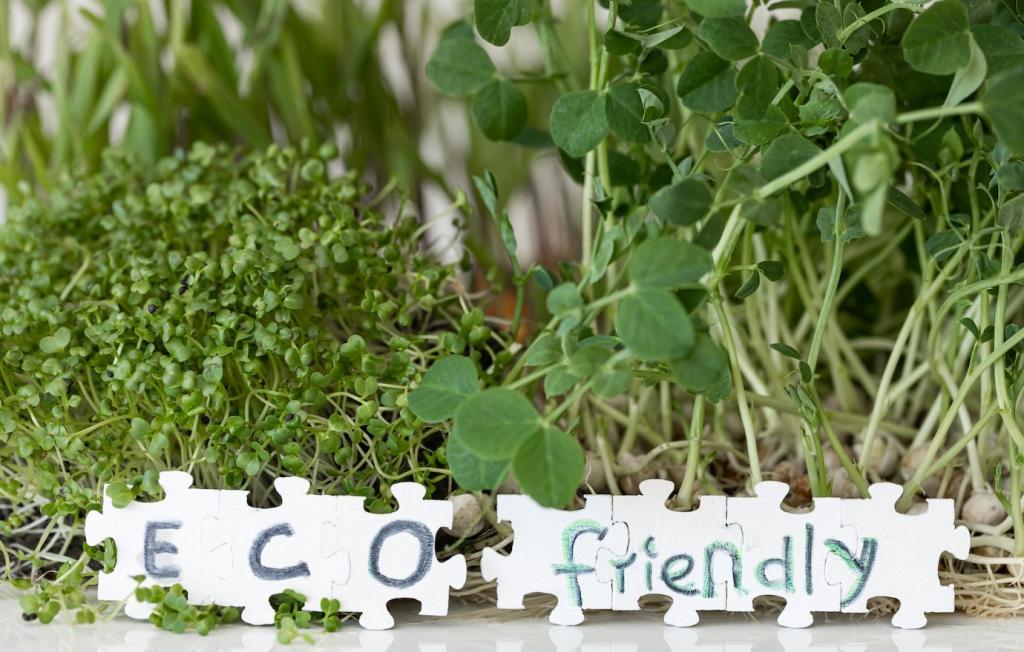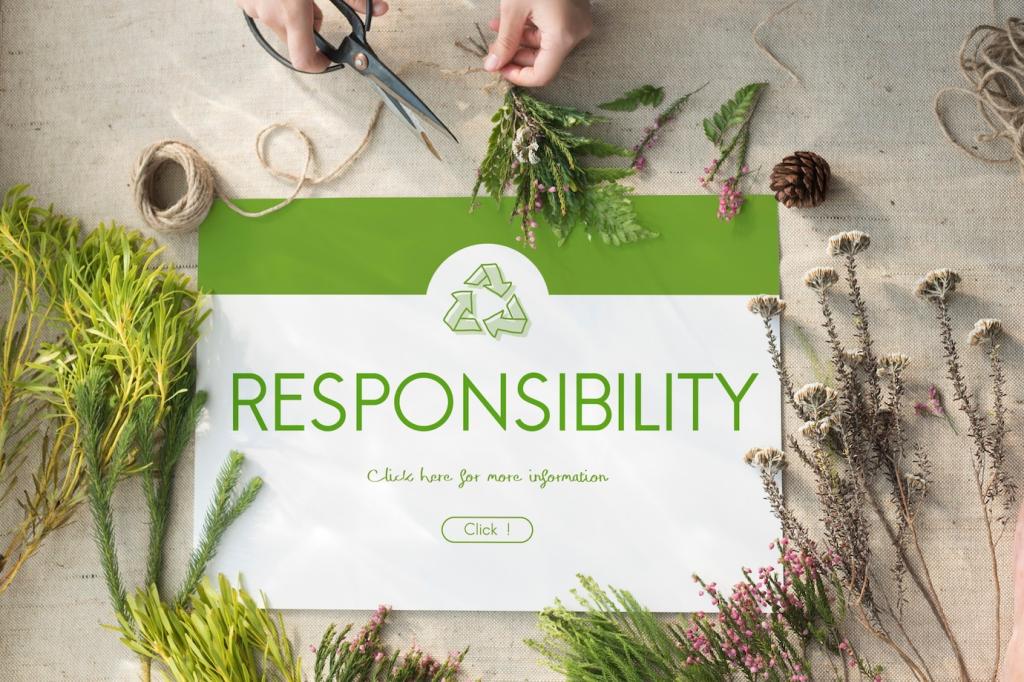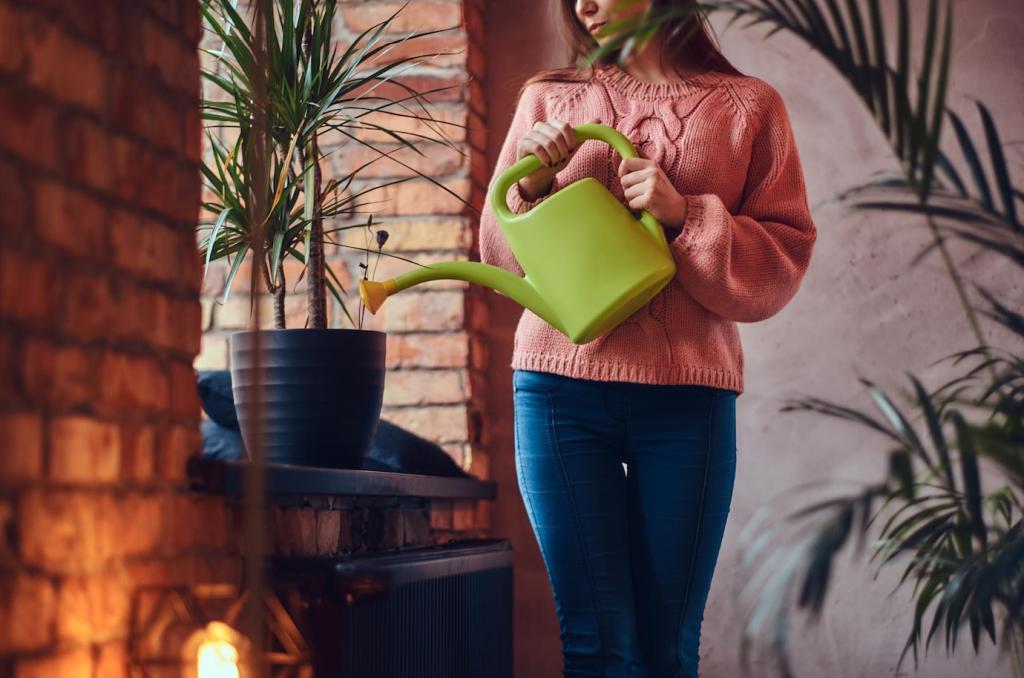Greywater Gold: Reusing What You Already Paid For
Route shower and sink greywater to mulch basins that feed fruit trees or ornamentals. Keep soap particles in the soil surface layer where microbes thrive. A diverter valve lets you switch to sewer during illness. Share plant successes grown on gentle, soapy water.
Greywater Gold: Reusing What You Already Paid For
Choose well-draining soils, avoid pooling, and never irrigate edible leaves directly. Subsurface distribution protects health and prevents odor. Map seasonal flows—more showers in summer may mean happier shrubs. Tell us which species loved your greywater and which preferred cleaner rain.









